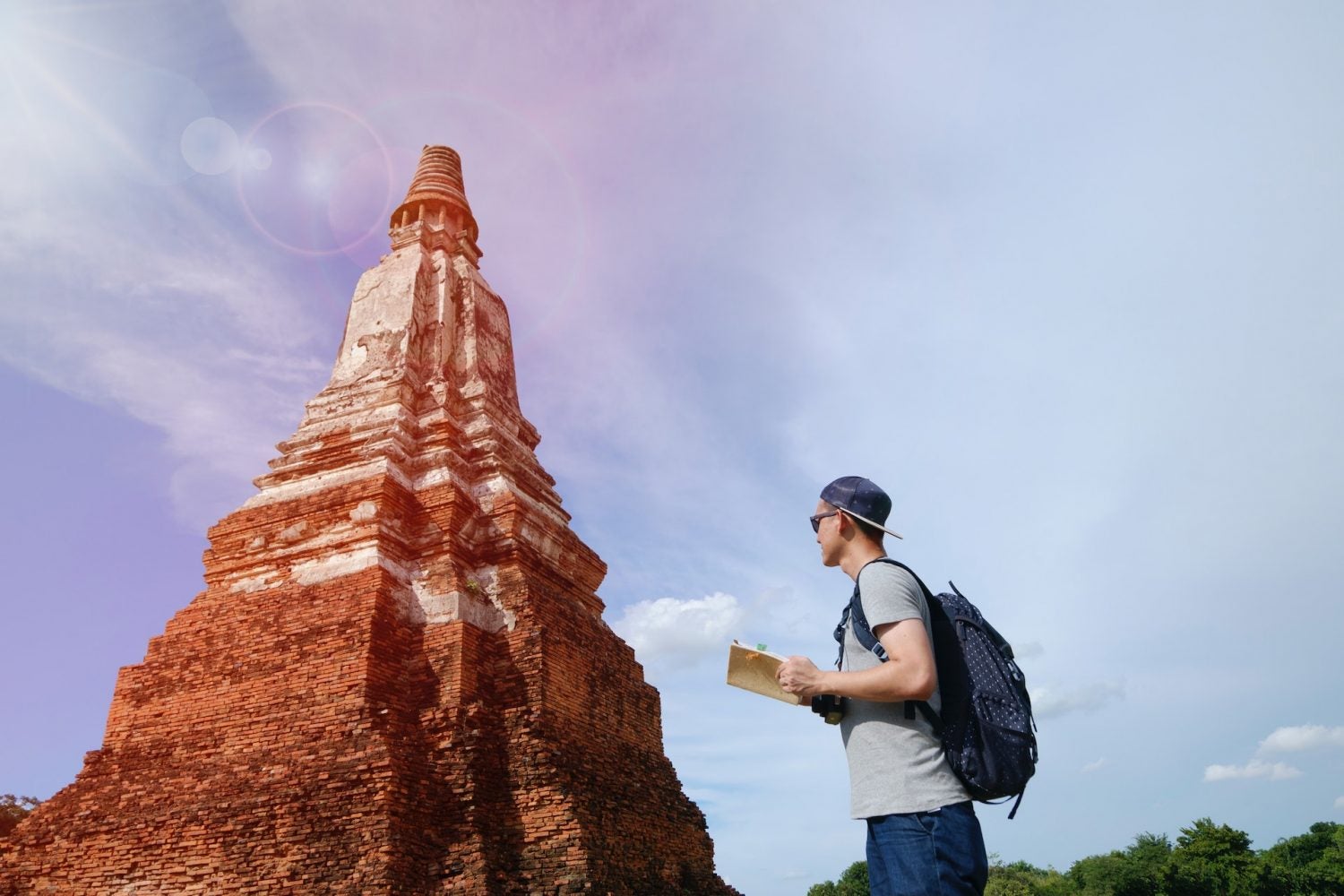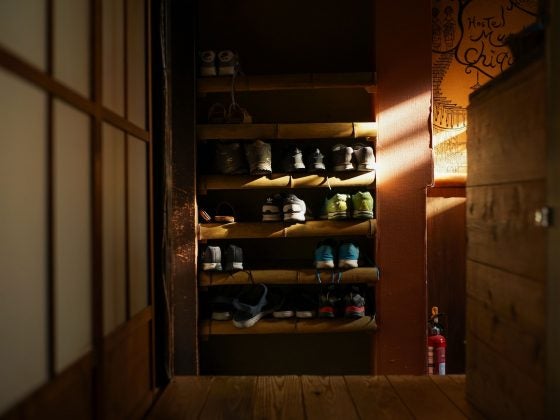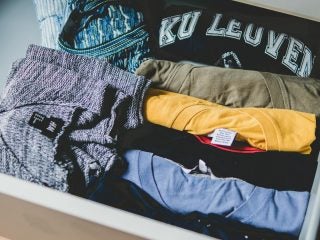Everyday wardrobe on a hike does not work well. A cozy sweatshirt made of footer is wet all the time and does not warm well, jeans rub and restrict movement, a cotton T-shirt dries for a long time and starts to smell very bad on the second or third day. An urban windbreaker gets wet instantly, a polyethylene raincoat quickly tears, and a familiar demi-season jacket takes up a third of the backpack.
Therefore, if you want to have fun on a hike, and not count the minutes before the halt and the days before leaving the route, we advise you to pack your hiking wardrobe. In the article we explain how clothing for tourism compares favorably with urban clothing, how to choose equipment for routes at any time of the year so as not to freeze in the cold and not sweat in the heat. Let’s start with the basic principle: you need to assemble a set of clothes for tourism in layers.
Why should a tourist dress in layers?
In tourism, movement is constantly replaced by stops. While you are moving, you are warm and even hot, and your back and shoulders sweat under the backpack. But at a halt, you will quickly cool down and freeze. This is also superimposed by a change in the weather, which is difficult to predict in the mountains. Such throws of the body from heat to cold are fraught with colds, therefore, in order to prevent overheating and hypothermia, tourists dress in layers. There are three main ones:
The base layer – thermal underwear – removes moisture from the surface of the skin to reduce the risk of overheating during exercise and the risk of hypothermia after a stop.
The warming layer – fleeces and puffs – does not allow the body to cool down. Moreover, you can wear a fleece and a puff both separately and at the same time, when you need to warm up to the maximum.
The protective layer – membrane and windproof jackets and trousers – protects against rain and piercing wind.
A set of clothes for hiking all year round
It may seem that tourism requires a lot of clothing. However, the advantage of the layer system is that it is enough to purchase just a few items of clothing and combine them to be comfortable on both summer and winter trips. That being said, almost every piece of clothing on our list is highly versatile, and can be worn not only on hikes, but also on travel, skiing, snowboarding, cycling and everyday city life.
So, our basic kit for hiking in the summer and in the off-season – until the first serious cold weather – requires four layers of clothing, which include only 10-12 things, not counting underwear and socks:
- 2 long sleeve thermal t-shirts and one underpants.
- Fleece jacket.
- Hiking trousers.
- Membrane jacket.
- Membrane trousers.
- Downy sweater.
- Headwear – hat, cap / panama, buff.
- Thin gloves.
- Headlamps for hiking.
And only those who run the risk of colliding with temperatures below -5 … -10 ° C in parking lots will need an additional couple of things in their hiking wardrobe.
Thermal underwear for tourism
The task of thermal underwear is to remove sweat from the surface of the skin to the outside and quickly evaporate it. Otherwise, moisture lingers on the skin or adjacent clothing, and the body cools too quickly. For example, even from a weak wind during halts.
For hiking in your wardrobe, it is optimal to have two sets of thermal underwear:
Running. It will keep you moving throughout the day. The thermal T-shirt is worn almost constantly. And pants will be needed only in cold weather – in winter, in the off-season or in the highlands.
For sleep. A sleeping set of linen is needed by a tourist in cool and cold weather for additional thermal insulation. The clothes you’ve been wearing all day may be damp and not clean enough to slip into a sleeping bag in the evening.
In total, for the first trips, the following set will be optimal: two long-sleeve thermal T-shirts and one underpants. It is better to take T-shirts of medium density – 150-200 g / m², since in a temperate climate they are neither hot nor cold.
It is better to take a running thermal T-shirt from synthetics, as it removes moisture better and wears out more slowly under a backpack. For sleep, you can take a T-shirt made of merino wool: it does not acquire an unpleasant odor for many days and is warmer than synthetics. In winter and in the off-season, wool underwear can be worn as running or skiing in it at a ski resort. And if you choose a model with a neutral color, then such a thermal T-shirt will look organic in the city. The material of the underpants is not so important: you will only wear them for sleeping, in cold weather or under membrane trousers.
Cotton underwear for tourism and outdoor activities is not suitable. Its fabric absorbs moisture well, whether it be sweat or drizzle, but keeps it inside the fibers. Because of this, cotton dries for a very long time, and the skin is constantly in contact with wet material. Therefore, in the wind or in cool weather in cotton underwear, you will quickly freeze.
Instead of a long sleeve thermal T-shirt, you can take a shirt. Models are best suited for summer tourism and travel. As a rule, they are in the assortment of companies specializing in the creation of things for outdoor activities. These shirts are stronger, lighter, more comfortable and better protect from the sun.
Thin tourist shirts replace running thermal underwear in summer. Thick flannel shirts – often brushed inside – work as a stylish insulating layer and serve as an alternative to fleece.



















